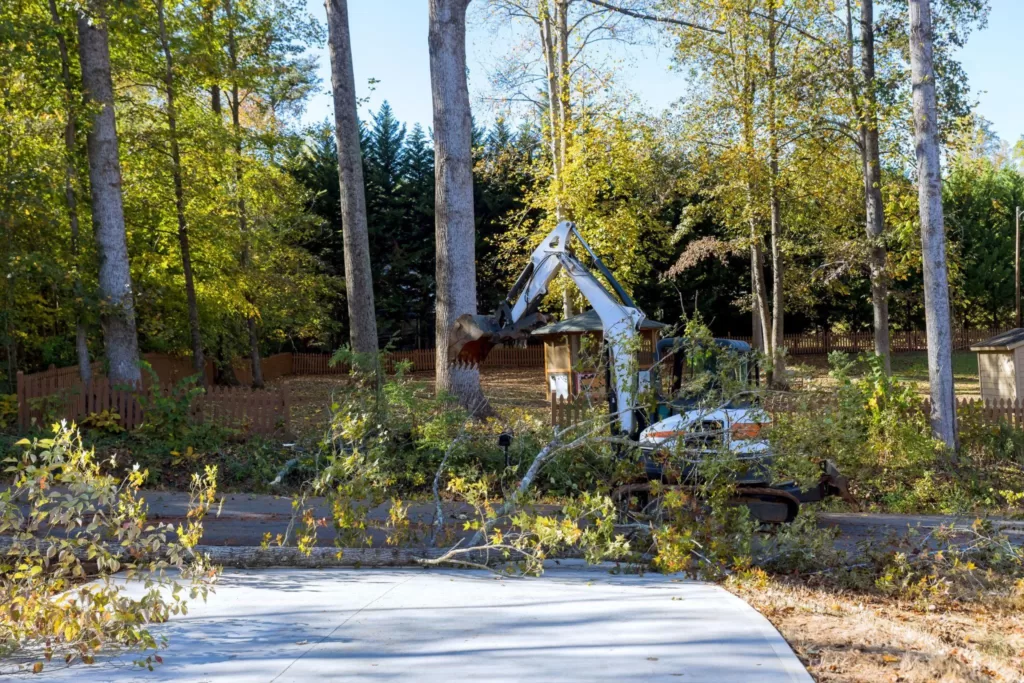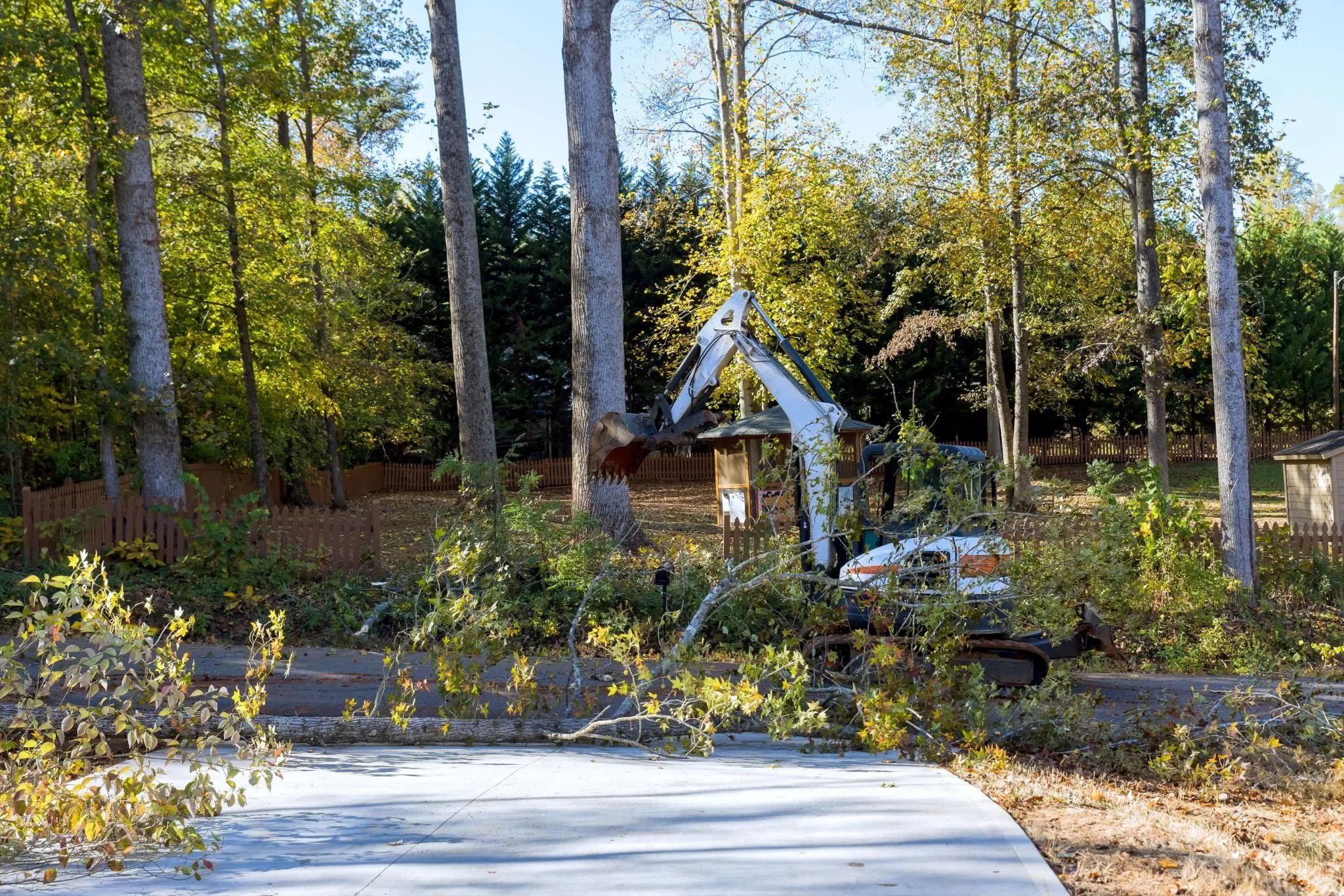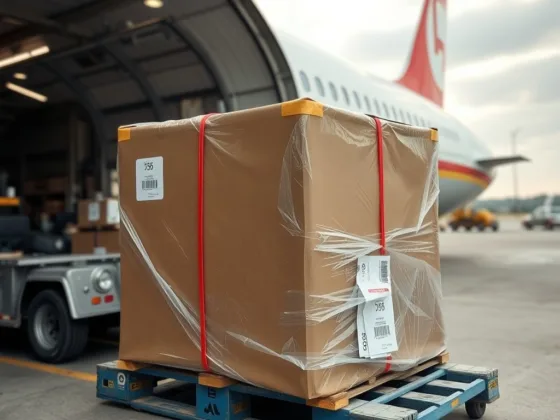Trees, with their deep, robust roots and their branches stretching to the sky, stand as undisputed testimonials of life’s vitality and resilience. However, these are not mere static components of the earth’s biosphere. They are, in fact, dynamic and essential elements of the Earth’s ecology, widely removed for reasons ranging from urbanization, agricultural activities, and disease control to routine garden landscaping.

These towering giants, removed by both companies and individuals alike, provide the very air we breathe, stabilize our climate, and house diverse species. It is startling, therefore, to witness the casual disregard shown towards tree removal. This comprehensive guide aims to explore these various facets, focusing primarily on the environmental ramifications of tree removal.
The Role of Trees in the Environment
Through the simple yet profound process of photosynthesis, trees produce oxygen, the very lifeblood of every living creature. While we humans merrily emit carbon dioxide, trees graciously accept, absorb, and convert it into oxygen. But that’s not all. These verdant sentinels play a pivotal role in controlling our climate, moderating temperature extremes, and indeed making life liveable.
Trees are natural erosion preventers, their vast root networks strengthening soil structure and mitigating the effects of water runoff, while, Charlie-like, they have their fingers in the pie of the water cycle. Demonstrate these countless shades of environmental roles; it’s almost impossible to ignore the significance of trees as a natural refuge and habitat, promoting biodiversity.
Read Also :
Factors Leading to Tree Removal
In our relentless march towards urban and infrastructural development, trees often pay the price. Forests are replaced by concrete jungles, falling to the axe under the guise of progress.
Parallelly, agricultural expansion and industrial logging continue their rampant rise. Coupled with disease control measures necessitating tree felling, our landscapes are increasingly denuded of their tree cover. Landscaping and garden aesthetics are not immune to this destructive trend, with extensive tree removal often carried out to satisfy individual whims.
Environmental Consequences of Tree Removal
A world without trees can be likened to a class without a teacher – chaotic and unsustainable. Biodiversity suffers a terrific blow, our ecosystem reels under the pressure of imbalance, while the shade tree structures vanish, setting a doomsday clock for many species.
Furthermore, tree removal results in drastic spikes in carbon dioxide levels, significantly contributing to the overall global greenhouse gas emissions narrative. Soil erosion surges forward unchecked, and the water cycle balance trembles, while the absence of the essential climate control function performed by trees contributes to temperature and weather pattern alterations.
Case Studies on Areas Affected by Tree Removal
Several areas worldwide bear the scars of rampant tree removal. For instance, Brazil’s Amazon Rainforest, once a lush, biodiverse environment, is now a testament to the devastation of deforestation. Among the immediate consequences are disruption to the local climate and increased carbon emissions.
Similarly, Southeast Asian regions like Indonesia and Malaysia have witnessed severe tree loss due to palm oil plantations. Research and data support the adverse impacts, highlighting the need for recovery actions with varying degrees of effectiveness.
Sustainable Alternatives and Remedies to Tree Removal
Fortunately, it’s not all a tale of doom and gloom. With sustainable forestry management practices, we can ensure our progress without compromising our environment. Practices like selective logging, leaving seed trees, and cutting in strips reduce the environmental impact.
Simultaneously, urban forestry and city greening projects promise a future where nature and urban environments can coexist peacefully. Reforestation and afforestation efforts are essential steps toward restoring tree cover, and the role of technology, including drones that assist in mass tree planting, shouldn’t be discounted.
Conclusion
The environmental impact of tree removal is not a mere ripple; it’s a full-fledged tsunami threatening our very survival. We stand at a hinge moment in history where sustainable alternatives are not merely options but necessities.
The local arborist helping with your neighborhood landscaping, the governmental body implementing urban forestry, or the eco-conscious company investing in sustainable logging – we’re all actors in this vital play. We need to turn the tide, stand with our environment, and ensure a fruitful future. Our continuous coexistence with the world of trees doesn’t just benefit us; it essentially roots us, in the truest sense of the word.










